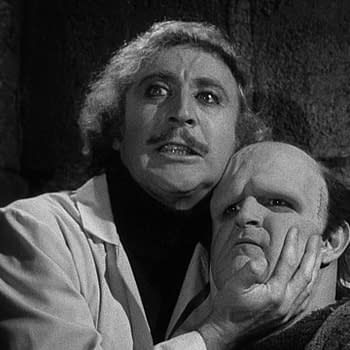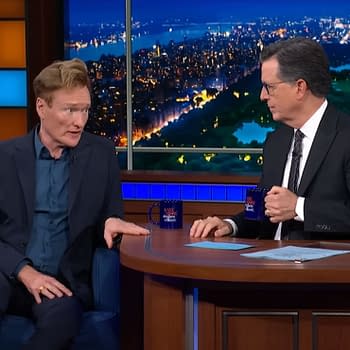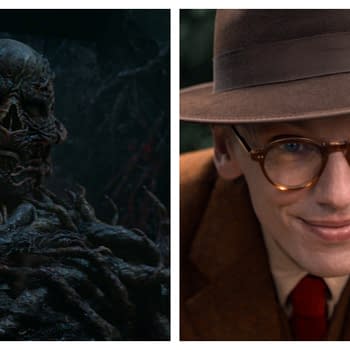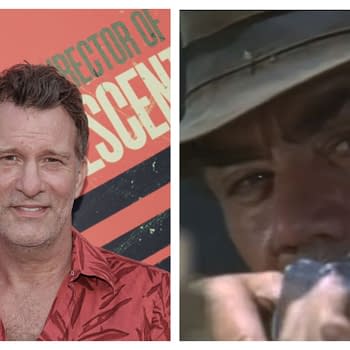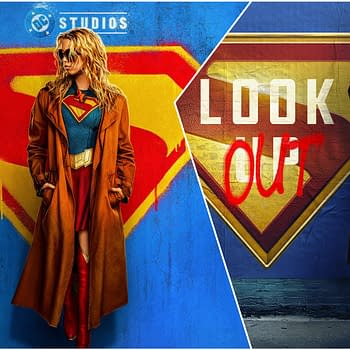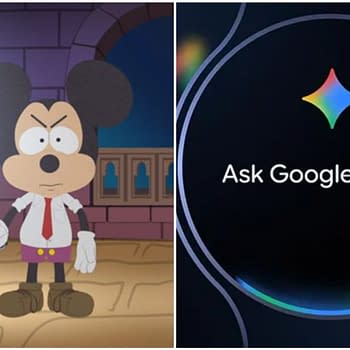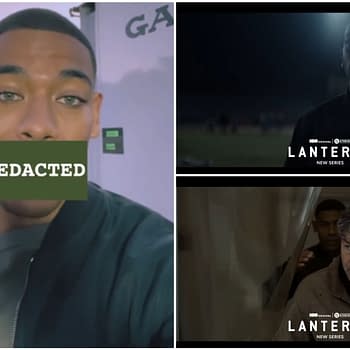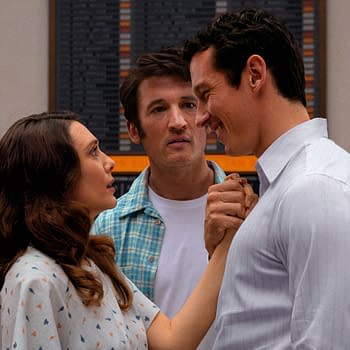Posted in: Exclusive, Interview, Movies | Tagged: exclusive, interview, Philip Ng, sammo hung, Soi Cheang, Twilight of the Warriors: Walled In
Twilight of the Warriors: Walled In: Philip Ng Talks Action Thriller
Philip Ng (Birth of the Dragon) spoke to Bleeding Cool about Well Go USA's martial arts thriller Twilight of the Warriors: Walled In.
Article Summary
- Philip Ng discusses working with director Soi Cheang and his role in "Twilight of the Warriors: Walled In".
- Ng highlights the intense training and camaraderie with co-stars during the film's demanding fight scenes.
- Comparison between American and Asian film production and challenges faced while capturing Bruce Lee's essence.
- Ng shares insights on his character and the creative freedom provided by Cheang for character development.
Philip Ng is one of the top superstars in the Hong Kong martial arts action scene acting opposite other legends like Andy On, Jackie Chan, Chow Yun-Fat, and Sammo Hung. More than capable of backing up his extensive action skills and fight choreography in his films, while occasionally working stunts, Ng's trained in a variety of disciplines of kung fu like Choy Li Fut and Hung Gar, as well as Tae Kwon Do, Jiujitsu, and Escrima. With memorable roles like Birth of the Dragon (2016), New Police Story (2004), Mulawin: The Movie (2005), and Dragon Heat (2005), Ng amassed over 40 credits to his name. The actor spoke to Bleeding Cool about his latest martial arts crime thriller in Well Go USA Entertainment's Twilight of the Warriors: Walled In, working with director Soi Cheang (Dog Bite Dog), reuniting with Hung, working with costars like Louis Koo, Richie Jen, and Raymond Lam, comparing American and Asian production, and reflecting his role as Bruce Lee in the 2006 pseudo-biopic.
Twilight of the Warriors is a story that follows many years after the bloody turf war that ushered in an uneasy era of peace in Hong Kong's underworld, the notorious Kowloon Walled City serves as a fortified, lawless safe haven for gangs and refugees alike. But when a skilled underground fighter runs afoul of the most feared Triad boss in Hong Kong, a bounty is placed on his head despite his connections to the leader of the infamous enclave. As his pursuers violate the tenuous territorial truce to exact their vengeance, the fallout reignites old grudges, bringing decades of building tension to a brutal, bloody boiling point.
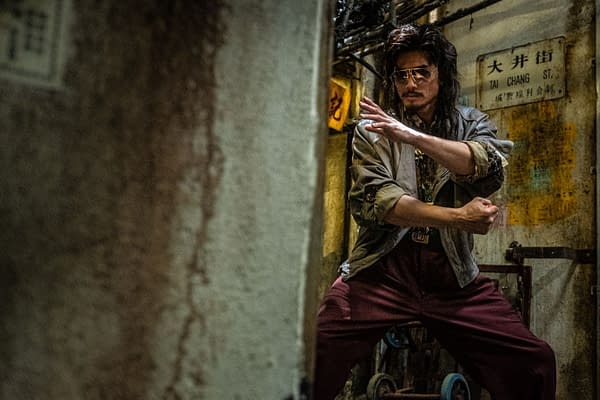
Twilight of the Warriors: Walled In Star Philip Ng on Playing Against Type
BC: What intrigued you about 'Twilight of the Warriors: Walled In?'
PN: When I heard of this project, I conversed with the director [Soi Cheang], who had his people contact me. I'm a big fan of Soi and his work. I love how he handles the characters and story, and how brutal he is in the storytelling. I always wanted to work with him. As soon as I got the phone call, I ran up there. The first couple of meetings he didn't offer me the role yet. He learned more about me, asked about my background, interests, and how I felt about martial arts choreography, and then performed martial arts on screen. During my third meeting, he offered me the role of King. The most memorable part of that offer was when he told me, "You've been making movies for 20 years, and everyone knows you know who Philip Ng is, but for this role, I want people not to recognize you after your costuming." I was all game and interested in how he proceeded with this design. We got what we saw on screen today.
What was the biggest surprise working with Soi on set? Did it meet your expectations?
I don't know if "surprise" is a good adjective, but it was pleasant working with him. He gives you room for the development of your character. He has an idea of where he wants a character to go, but he needs to collaborate with the actor to create the character together. For each character, he gave specific directions. He asked me to laugh, and I said, "What do you mean by laugh?" My laughs got progressively smaller and eventually got to what you see on screen, which informed me how far you can take the character from the costuming alone. When I went in for costuming, I saw my long hair, sunglasses, goatee, and flamboyant suits had informed me on how to approach this character, but the fact he told me to laugh, and how far I could take that laugh, I knew the scope of how big, grand, and flamboyant to make this character.
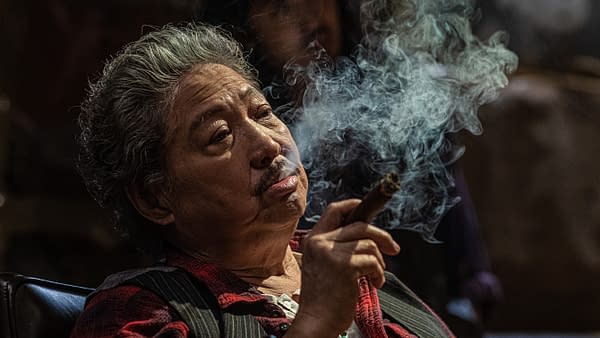
How do you break down your chemistry with your costars and what was it like working with a legend like Sammo Hung?
I've worked with Sammo numerous times, alongside, and fighting against him in my last 20 years in Hong Kong. Every time I see him, it's the same, "I'm a big fanboy" and I'm still flabbergasted. I'm like, "Oh, my gosh! It's Sammo!" But working with Sammo only makes you better. For instance, when I first started working in the industry, I had a movie called 'Naked Soldier' (2012), and I had to fight him. I was like, "Oh, my gosh! I got to fight Sammo!" It's a ton of pressure, but I ended up with none, because if he punches you and you forget to duck, he'll put your head down, punch over you, pick your head back up, put you towards the camera, and they then they yell "Cut!" You can watch playback like, "Wow! I look great! Thank you, Sammo!" Working with him make you better, not only with the fighting scenes, but also dramatic ones. I've known him for a long time, and it's always nice to work with him. As a legend as he is, it's always fun to be with on the set and he's a humble guy.
What about the other costars? Can you talk about what was like working with them like Louis, Richie, and Raymond?
It's great. This was the first time for me to work with Raymond. Even though we have been aware of each other for a long time in the industry. It's great working with everyone else. When you make this type of movie, it is rough. For the time we shot the ending fight scene where of the four [protagonists] versus King, it took almost 20 days and around 16-17 hours a day. It was physically demanding and arduous, but we gave it our all. We wanted to make a good kung fu movie and during that process, it's like fighting a war and then we became war buddies. The camaraderie was thick even though we were fighting each other on screen. As soon as a camera's cut, we're like, "You okay, buddy? Good job there!" We are very encouraging with each other. The camaraderie between the actors is thick and good.
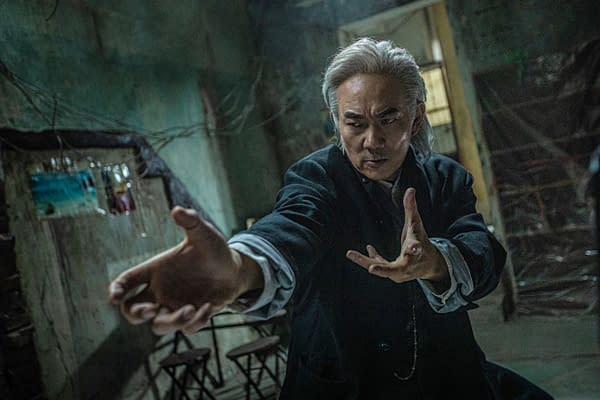
Was that the most difficult sequence to film?
It wasn't the entire fight scene [that was the difficult part]. Some of the action was edited out. We filmed more than you saw, and we filmed everything, and not in detail. Sometimes if you have less time, you can only shoot wide shots, and we cut into a few inserts. We shot to make sure everything was covered the way we wanted and that's why we're able to have not just a detailed fight scene, but detailed shots of the environment that enter intermixed within the fight scene well.
How do you feel about filming internationally compared to what you've done in Hong Kong?
How does it compare? Like between the United States and Hong Kong?
For example, you played Bruce Lee in 'Birth of the Dragon' eight years ago. The second question is, what is the most difficult part about capturing his essence?
I'll answer the first part of the question first. The difference mainly is time and budget. Many times, when you make a US movie, the budget's a bit bigger and there's more comfort for the actors, like you get a trailer. Everything is accommodated for you. In Asia, maybe the budgets are more streamlined. There are fewer amenities, but much of the budget is dedicated to the screen. When you see the money, a lot goes into what the audience sees in Asia.
When I'm filming in the States with my limited experience, things are planned out well, almost to a fault. Every department needs to know exactly what's going on and when you get to the set, there's limited room for improvisation. You plan these movements out, and you must do them when you do a shoot. You can make some slight changes, but you must stick to the game plan for the most part. In Asia, things are more flexible with improv. When you get to the set, some of the stuff you plan may not work out and we must think of new ways to perform those movements.
Both approaches are valid, but a middle ground would be great. Many productions are getting there. Even in Asian productions, we always do previzes for all action scenes so the actors will know what's going on. People behind the camera, props, and lighting know what to do. Everything's more planned now, but there needs to be room for improv on the set because sometimes things change.
It's been a while since you played Bruce Lee. What was going through your mind when you tried to capture him in character?
We did our best to capture and understand where Bruce Lee was at this point in his life, and then try to react in situations as he would or as anyone in his situation would be as honest as possible. There was pressure getting the role and then having to play such a person, but we did the best we could. We were happy with the final product.
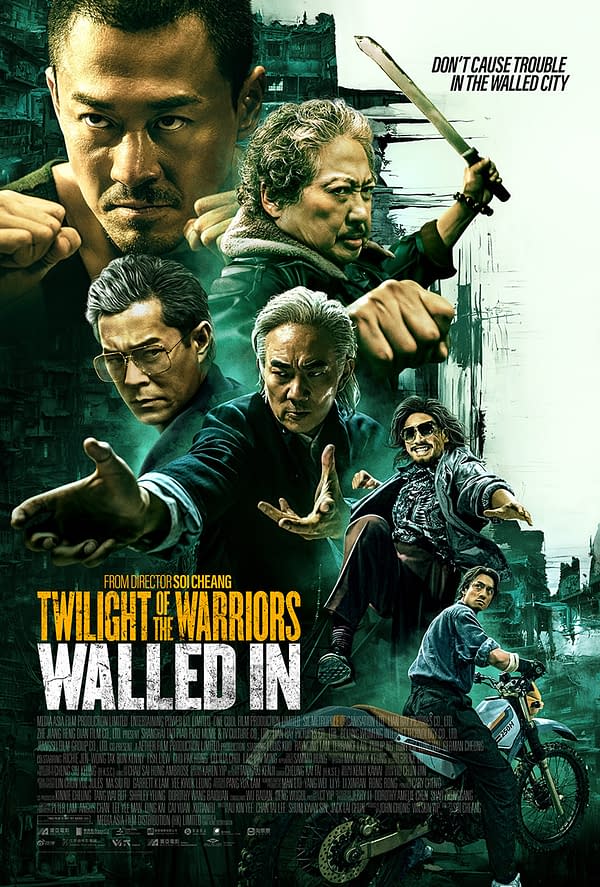
Twilight of the Warriors: Walled In, which also stars Terrance Lau, Tony Wu Tsz Tung, German Cheung, Wong Tak Pun Kenny, Fish Liew, Chu Pak Hong, Celia Choi, Lau Wai Ming, and Aaron Kwok is open in select theaters on August 9th.







